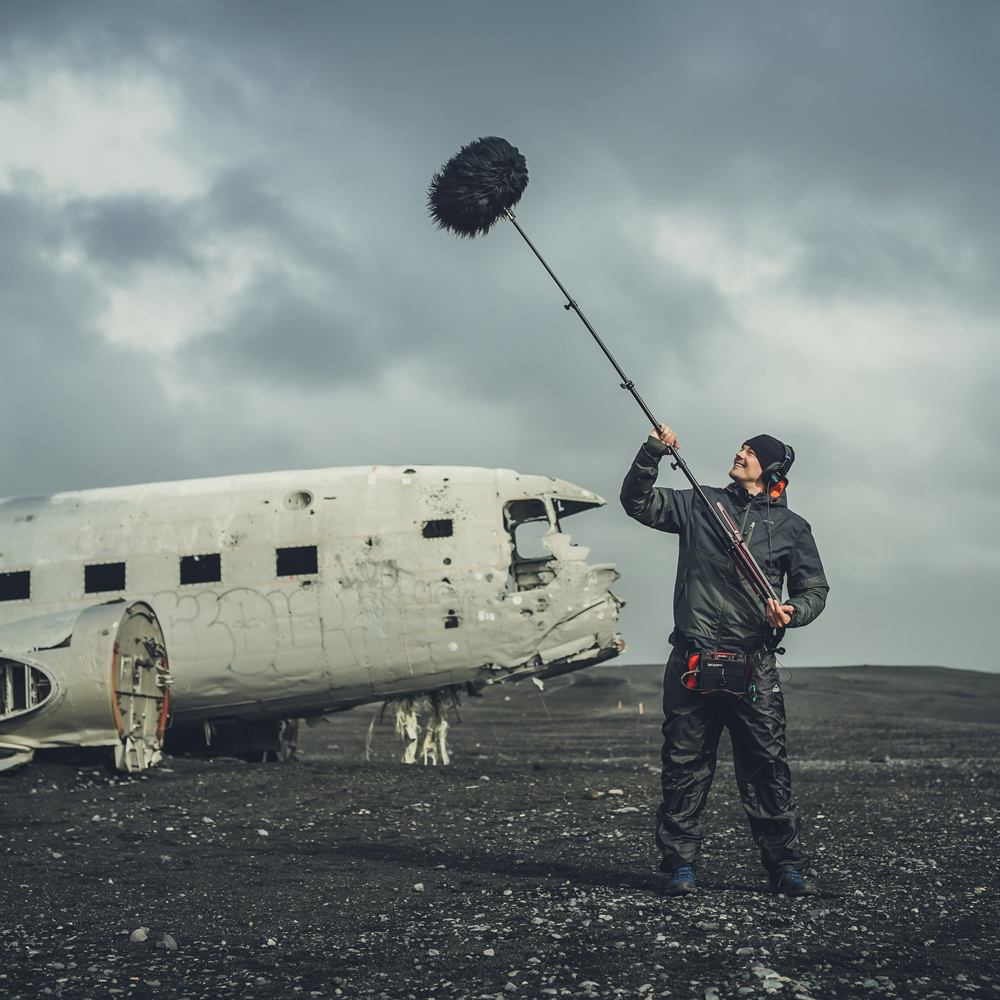Everything You Need to Know
A table read, read-through, or table work is when the writers, director, actors, and executives gather and read through a script out loud.A table read takes place when the film/show is fully, or sometimes even partially, cast. Hearing the script out loud gives the writers, director, and the actors immediate feedback on what works and what needs changes.Why organize a table read?
Table reads are organized for several reasons:- Help drive the creative processes of the writers, director, and actors.
- Writers receive feedback on the projection of dialog etc.
- Directors learn how actors may approach the role; can start envisioning different shots etc.
- Actors begin the process of digging into a character and crafting their vision of how to portray the role
- ‘Sell’ the project. The table read can serve as an audition to both potential investors and actors (to convince them that they should sign up for the role)
- Evaluate talent. Learn how actors approach the role and if the right talent has been casted. For this to be effective, the project has to be at least partially cast
- Build team chemistry. Often the first time the entire “above-the-line” (the team that guides the creative process) staff gets together, the table read often also serves as a team building exercise that helps to spark chemistry amongst the crew
- Avoid major problems. spotting and solving potential problems during the table read before large problems later
Who should be involved in a table read?
- Essentials:
- Director
- Writers
- Cast
- Optional:
- Director of Photography
- Set Designer
- Wardrobe / Hair / Makeup / Costume Designer
- Department heads / Executives
- Studio President
- Vocalists
- Music Director
- Other writers from outside the projects (to polish character arcs and dialogue)
Where to host a table read?
You can do a table read virtually anywhere. Your kitchen table, a friend’s house, the backlot of a large studio, small theaters, services such as Peerspace or SetScouter all are viable options as long as the location is comfortable.Pro-tip: The best table reads include an abundance of snacks and water for your talent.Reading a feature length script, or tv episode, in character, all the way through for the first time in a room full of important strangers can be a very nerve-racking experience. Therefore it is important for your talent to be as comfortable as possible to allow them to perform to the best of their ability. Now you have your snacks, everyone is comfortable and getting to know each other.What do you need for a table read?
There are a few more items everyone should have:- Pens and pencils. These are essential items to make sure everyone can take notes as they go along with the reading.
- The copy of the entire script. It wouldn’t be much of a “read-through” if there is nothing to read!
- Cast List. Bring the cast list with photos so you can easily recognize actors
- Character Breakdowns. Provide a quick overview of each character and their role and story arc
- Script Slides. Excerpts of the script that you can read together
- Recorder. Recording the table read lets you review performances and can help with extras for marketing / distribution like behind-the-scenes footage or other marketing materials.
When to stage a table read?
Table reads typically take place towards the end of pre-production right before the beginning of principal photography (shooting the movie) begins.Here is an example of The Office Finale Table Read: Here is another example of a Table Read from Breaking Bad:During the table read
- Feedback. Give feedback when appropriate, but keep responses focused on increasing morale
- Listen to your dialogue. Is it too formal, clunky, repetitive, or flow well? Are the action lines pacing well?
- Watch actors. Watch how they interact with the dialogue and if it seems natural. Is there natural chemistry? Think about the pace of action, body language, and mannerisms of the actors.
- Ask for Feedback. Ask genuine questions to get feedback from others and try not to get defensive about your work.
- Were character motivations clear?
- Did characters have clearly defined arcs?
- Was the plot easy to follow?
Table read: Actor’s Guide
Table reads are where an actor gets an opportunity to find the nuances of their character and this visibly carries over into the talent’s performance when game time rolls around. Just because an actor is participating in the table read, this doesn’t mean they are locked in for the part. A table read is still part of pre-production, which means nothing is concrete. There are a few things that an actor can do to leave a good impression:- Read the script by yourself beforehand. This will allow you to create your own vision of the character and research certain aspects of the script so nothing will catch you by surprise. Think of it as studying for an exam, having a familiarity with the material will allow you to be more confident.
- Arrive early. In the fast-paced world of filmmaking, you are either early or late, “on-time” is late. Not only does arriving early allow time to get acquainted with the rest of the cast and crew, it gives you to prepare yourself for the read.
- Perform as if your part in the project depends on it, because it does. Bring the same energy and enthusiasm with you as if there were a camera in front of you. Underperforming may lead the writers to reduce your role in the story, or worse, make the executives reconsider your involvement in the project.
- Make eye contact with your co-stars. Nobody expects you to be off-book (able to recite your lines without looking at the script) at a table read but remember that the point of a table read is to build chemistry with your fellow cast members. This is impossible if you are looking at the page the entire time and unable to riff off the emotions that your co-stars are giving you.
- Never phone in a performance if you are reading a small part. This is especially true for television as the writers can see your potential and create a larger role for the character. Showing your full potential can lead to bigger opportunities in the future.
- Drink plenty of water. Especially if you are reading lots of dialogue. A dry mouth is no fun for anyone and will hinder your performance.
- Take notes. Let your notes be a reminder of any ideas you may have for character development as well as any questions you may have for the director and writers.
Recent Posts
All content copyright © Nashville Film Institute




